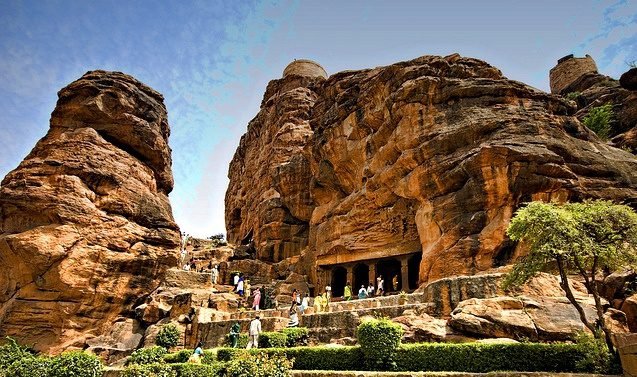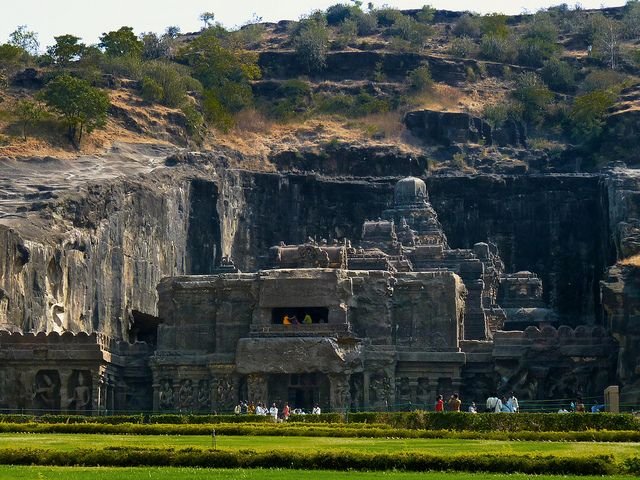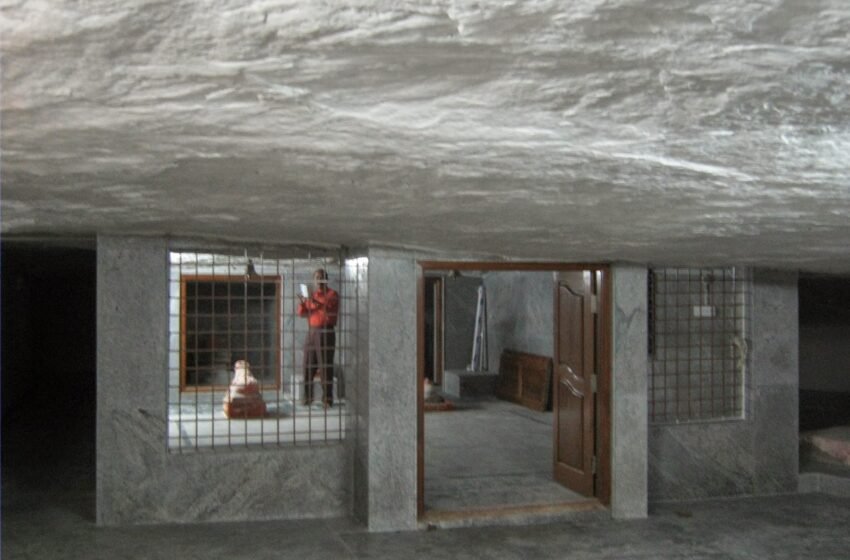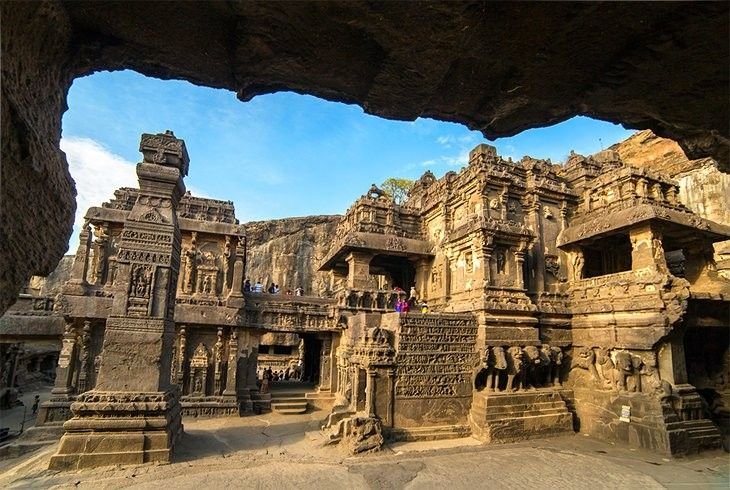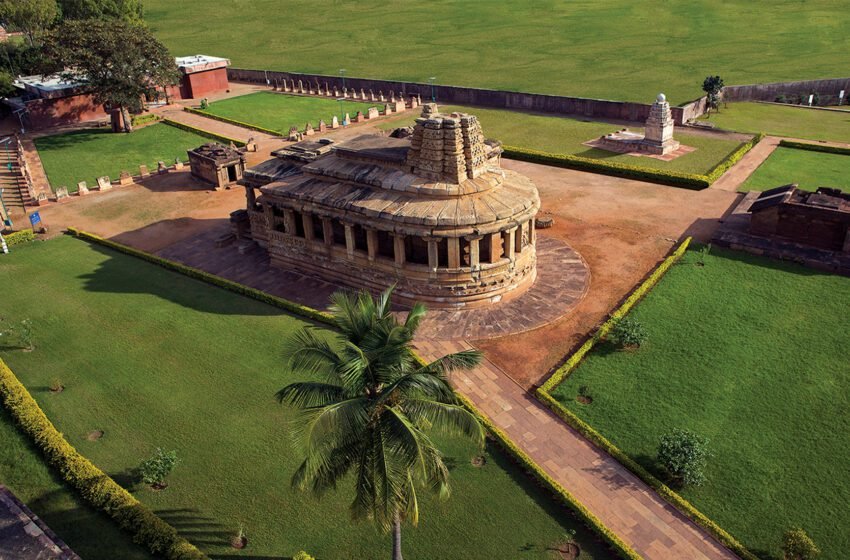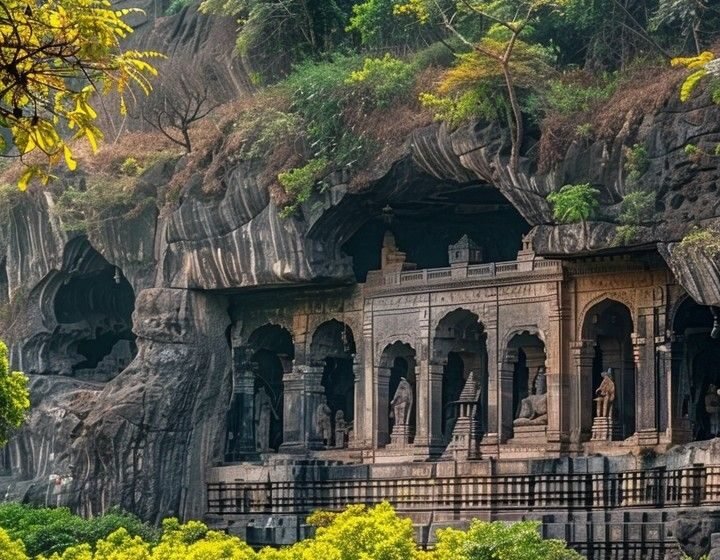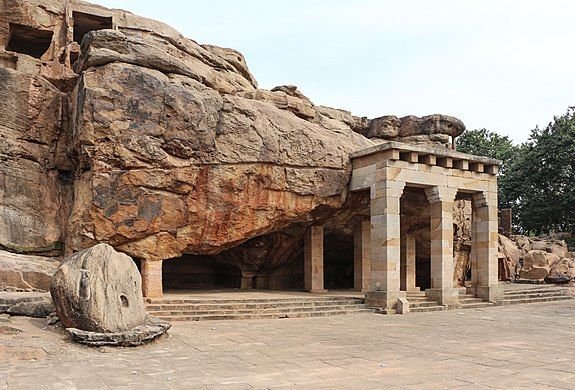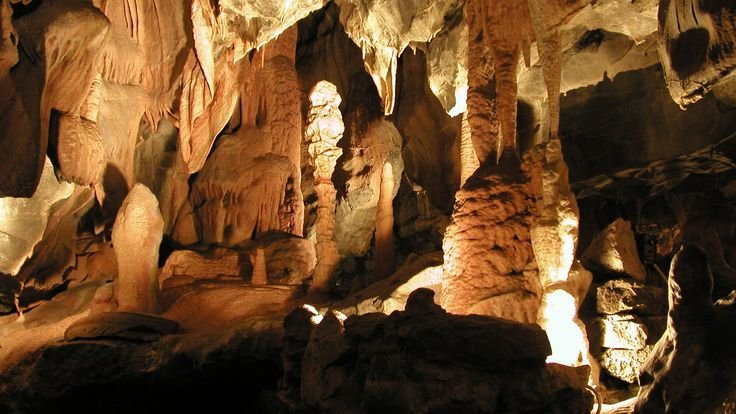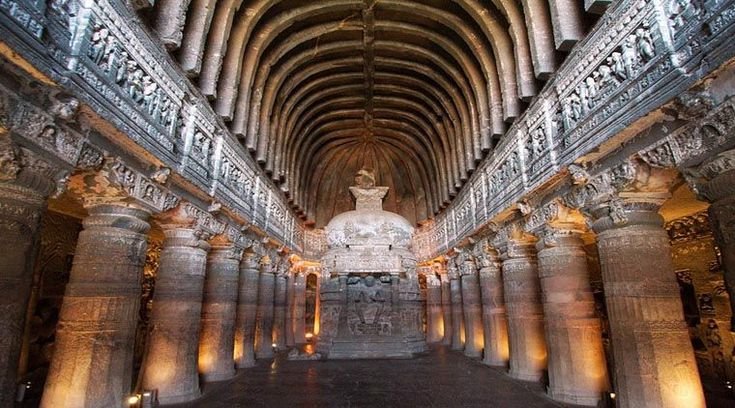The Badami cave temples, located in Badami, Karnataka, are an exceptional architectural marvel representing a blend of Buddhist, Hindu, and Jain religious traditions. These temples, carved into the hillsides of Badami, stand as early examples of rock-cut architecture in India. Built between the 6th and 8th centuries, the Badami caves have become one of the […]Read More
The Ellora Caves, a UNESCO World Heritage Site located in Aurangabad, Maharashtra, India, represent one of the largest and most impressive rock-cut temple complexes in the world. Spanning a period from 600 to 1000 AD, these caves are a fusion of Hindu, Buddhist, and Jain religious architecture and art, offering a rare glimpse into the […]Read More
Exploring the Mystical Ramalingeshwara Cave Temple: A Journey into Ancient
The Ramalingeshwarq Cave Temple, also known as the Hulimavu Shiva Cave Temple, is a significant religious and historical site located on Bannerghatta Road in Karnataka, near the BGS National Public School. Managed by the Sri Sri Bala Gangadaraswami Mutt, this ancient temple is revered as a place of spiritual significance. Nestled within a natural rock […]Read More
Ajanta Caves: A Timeless Testament to Buddhist Culture and Architecture
Ajanta Caves, located in the Aurangabad district of Maharashtra, India, are a collection of 30 rock-cut Buddhist monuments dating back to the 2nd century BCE through 480 CE. Recognized as a UNESCO World Heritage Site, these caves are celebrated as masterpieces of Buddhist religious art, showcasing expressive paintings and intricate sculptures. Built in two distinct […]Read More
Aihole (also known as Aivalli, Ahivolal, or Aryapura) is a remarkable historical site located in the Bagalkote district of Karnataka, India. It is renowned for its rich collection of ancient and medieval Buddhist, Hindu, and Jain monuments that span from the 6th to the 12th centuries CE. The site is a testament to the artistic […]Read More
The Aurangabad Caves are a collection of twelve rock-cut Buddhist shrines located on a hill running roughly east to west, near Aurangabad city in Maharashtra. Carved out of soft basalt rock between the 6th and 7th centuries, these caves are a testament to India’s rich cultural and religious heritage. Although they are overshadowed by the […]Read More
Karpaka Vinayaka Temple, also known as Pillaiyarpatti Pillaiyar Temple, is an ancient rock-cut cave temple located in Pillayarpatti village in Tamil Nadu, India. Dedicated to Lord Ganesha, or Karpaga Vinayagar, the temple is revered for its unique iconography and historical significance. The temple is named after “Karpagam tree,” symbolizing fulfillment of wishes, and Vinayagar, meaning […]Read More
Carved in Time: The Majestic History of Udayagiri & Khandagiri
The Udayagiri and Khandagiri Caves, located near Bhubaneswar in Odisha, India, are remarkable examples of ancient architecture, religion, and art. These caves are partly natural and partly man-made, carved during the 1st and 2nd centuries BCE. They hold immense archaeological, historical, and religious importance. The caves were primarily built as residences for Jain monks during […]Read More
Mawsmai Cave is a beautiful limestone cave near Cherrapunji in Meghalaya, India. It is located in the Khasi Hills, a region known for heavy rainfall. This rainfall has helped shape many caves in the area, making it one of the best places for cave exploration in India. Mawsmai Cave is about 250 meters long, and […]Read More
The Karla Caves, located near Lonavala in Maharashtra, were built around the 2nd century BCE. These ancient caves are important Buddhist sites, created during the Mauryan Empire. Buddhist monks carved the caves into rocky hills to use as places for meditation, worship, and living. Since they were near busy trade routes, the caves also served […]Read More
